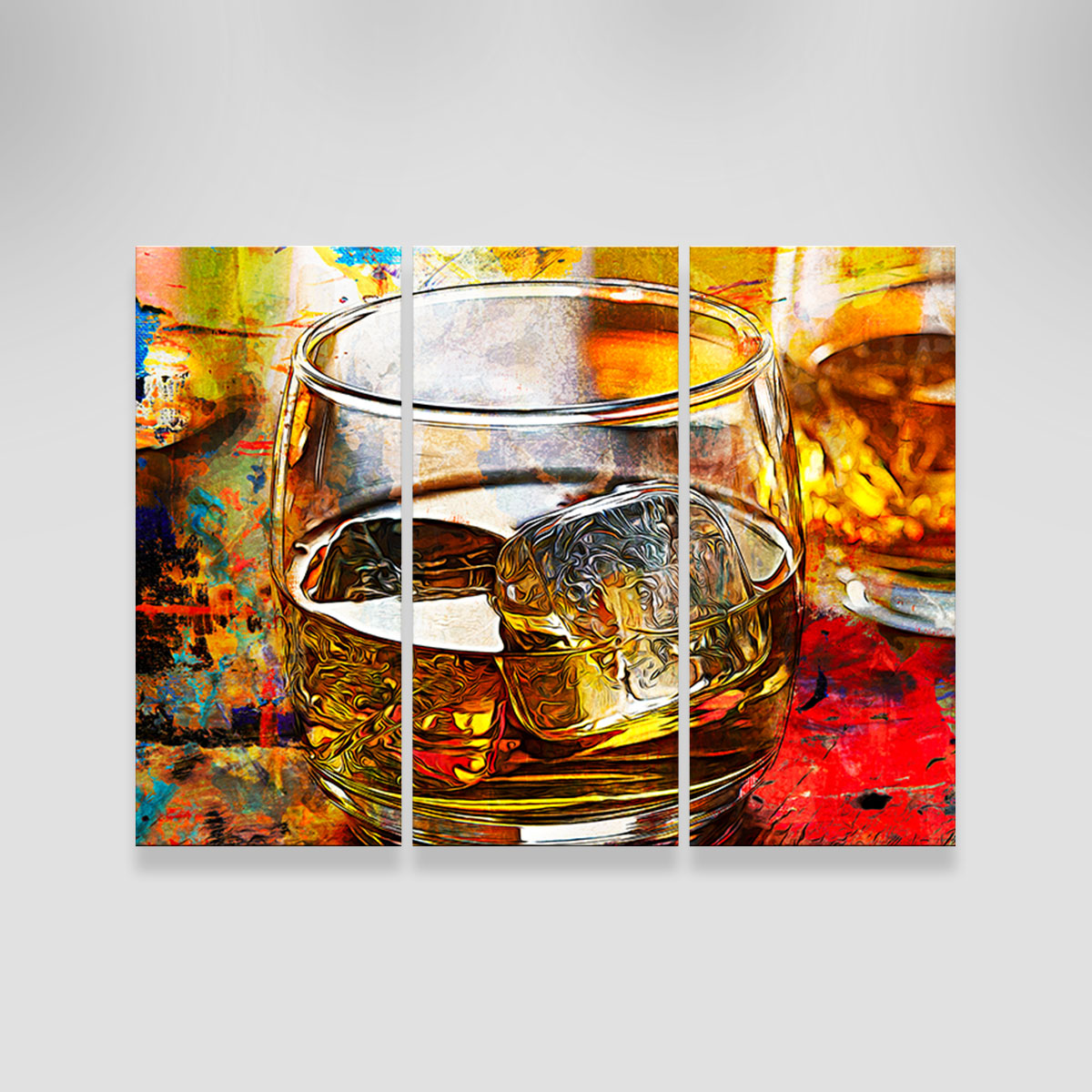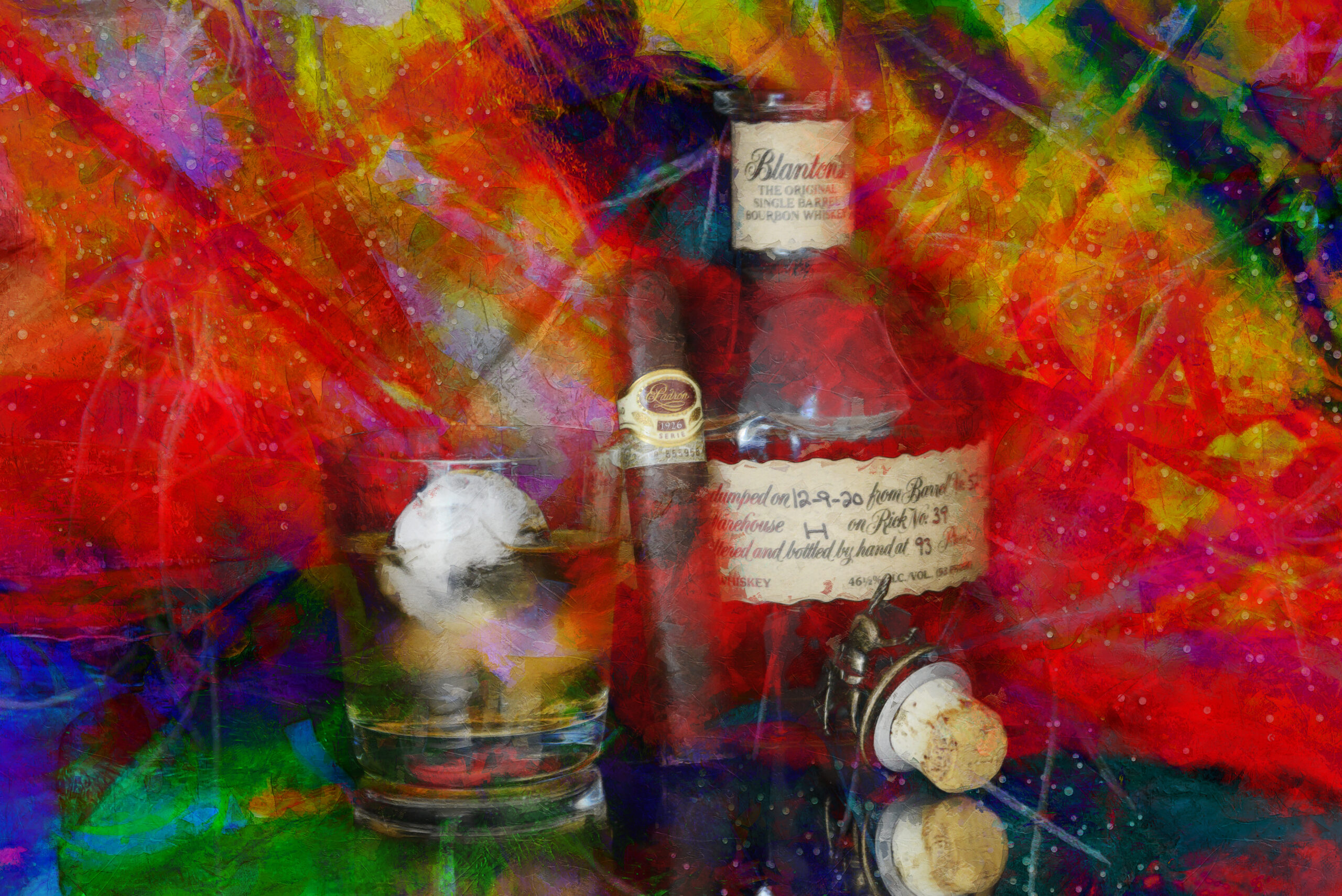The Relevance of Whiskey Art in Celebrating Heritage and Workmanship in the Beverage Sector
The elaborate connection in between bourbon art and the event of heritage and craftsmanship within the beverage industry can not be overemphasized. With attentively created tags and bottles, whiskey brand names envelop their historic origins and the artisanal abilities that define their production approaches. This artistic dimension not just improves market charm but likewise works as an avenue for social narration, cultivating a much deeper link between the consumer and the craft. As we discover the various facets of this topic, interesting concerns regarding the effect of contemporary fads on traditional practices emerge, triggering further exam.
The Historic Origins of Whiskey
At the heart of scotch's allure exists an abundant tapestry of historical origins that map back to ancient civilizations. The beginnings of scotch can be connected to the purification methods of the Sumerians and Babylonians around 2000 BCE, where early types of fermented grain beverages started to emerge. However, it remained in the Middle Ages that the art of purification progressed dramatically, specifically in Ireland and Scotland, leading to the production of whiskey as we recognize it today.
The term "whiskey" itself originates from the Gaelic word "uisce beatha," indicating "water of life." This phrase highlights the cultural importance of whiskey in Celtic cultures, where it was usually connected with rituals, celebrations, and public bonding. By the 15th century, purification ended up being an identified craft within reclusive areas, paving the method for the facility of lawful distilleries.
As trade courses broadened, whiskey's appeal grew, transcending regional borders and recording the interest of lovers worldwide. Whiskey Art. This historic journey reflects not just the craftsmanship behind scotch manufacturing but also its indispensable function in social and social contexts, marking it as a considerable drink throughout history
Artistic Expression in Branding
Whiskey branding stands as an engaging crossway of virtuosity and commerce, where visual identity plays a critical role in shaping customer perception. The appearances of scotch tags, product packaging, and advertising products reflect not just the brand name's tale yet also its core worths and heritage. Via creative expression, distilleries communicate a narrative that reverberates with customers, evoking emotions and triggering connections.
The use of shade, typography, and imagery in branding serves to separate products in a saturated market. Typical concepts may evoke a sense of credibility and craftsmanship, while contemporary designs can signify innovation and forward-thinking. This calculated artistic instructions boosts brand name recognition and loyalty, permitting consumers to create a personal relationship with the bourbon they select.
Furthermore, imaginative expression in branding commonly works as a celebration of regional heritage. Distilleries frequently incorporate regional icons or historic references right into their designs, developing a local color that welcomes customers to take part in a wider cultural experience. Eventually, the creativity behind bourbon branding not just enhances visual charm however additionally improves the general story of the brand, cultivating a deeper recognition for the craftsmanship and heritage embedded in each container.
Craftsmanship in Container Design
The virtuosity obvious in scotch branding extends past aesthetic identity to encompass the workmanship included in container style. Each bottle works as a vessel not just for the spirit within, however likewise for the story it tells regarding its top quality, custom, and beginning. The style process requires meticulous attention to information, as components such as shape, closure, and product contribute substantially to the general understanding of the whiskey.
Workmanship in container style involves picking high-quality glass that can improve the bourbon's shade and quality, while also giving a responsive experience for the consumer. The shape of the container should be both aesthetically appealing and practical, commonly showing the heritage of the brand. Many distilleries select special shapes or embossed logos that evoke a sense of authenticity and history.
Moreover, the tag layout and typography play an essential role in communicating the brand name's narrative. Realism Art. A well-crafted bottle not just captivates the customer's eye yet additionally enhances the brand name's commitment to quality and tradition. In this way, the craftsmanship of container design ends up being a vital element of the whiskey experience, merging virtuosity with a profound regard for heritage
Cultural Relevance of Whiskey Art
Celebrating practice and craftsmanship, the cultural value of bourbon art goes beyond plain aesthetic appeals, Bourbon Art intertwining with the social and historical narratives of the regions from which it originates. Each container serves as a canvas, depicting the one-of-a-kind stories, folklore, and practices that have actually formed neighborhood whiskey-making methods. The complex styles commonly show the heritage of the distillers, integrating signs and themes that resonate with the culture and worths of their communities.

Additionally, bourbon art plays a vital function in public celebrations and celebrations, functioning as a concrete web link between individuals and their shared experiences. By valuing the virtuosity in whiskey packaging, consumers cultivate a much deeper understanding and respect for the craft, eventually enhancing their satisfaction of the beverage itself.
Modern Trends in Whiskey Presentation
In the last few years, the discussion of whiskey has evolved to reflect contemporary tastes and trends while still honoring typical craftsmanship - Whiskey Art. Distilleries are progressively concentrating on visual components that improve the overall alcohol consumption experience, bridging the void between heritage and modernity
Ingenious bottle styles have arised, usually including sustainable products and imaginative labels that tell compelling tales. Many brand names now work together with regional artists, instilling their products with unique visual expressions that reverberate with consumers. In addition, limited-edition releases are commonly packaged in collectible containers, adding worth and allure for aficionados.

Conclusion
In verdict, scotch art serves as an important avenue for expressing the heritage and craftsmanship fundamental in the beverage industry. With detailed branding, ingenious container designs, and culturally significant creative elements, bourbon brands efficiently recognize their customs and link with consumers.


Craftsmanship in bottle layout entails selecting top notch glass that can boost the bourbon's shade and clearness, while likewise giving a tactile experience for the consumer. In this method, the workmanship of bottle design becomes a vital facet of the scotch experience, merging artistry with a profound respect for heritage.
In final thought, bourbon art offers as an essential conduit for expressing the heritage and craftsmanship integral in the drink industry.